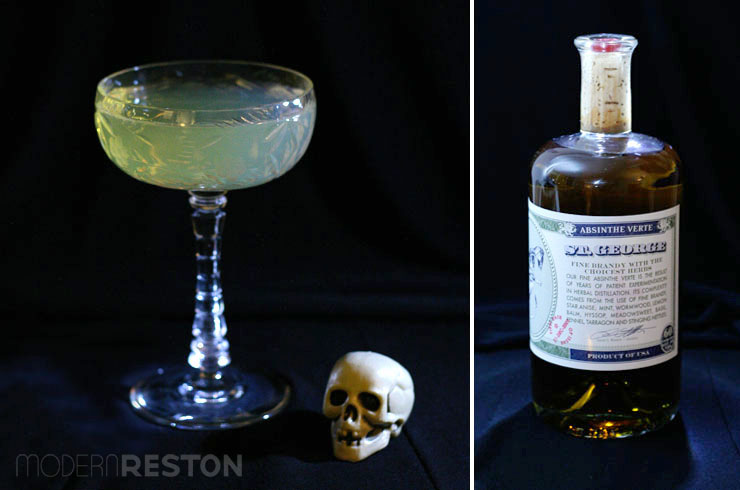

The reinstatement of drinking often results in a recrudescence of symptoms. The prognosis is usually good, especially in abstinent drinkers, although in some 10–20% hallucinosis persist for more than 6 months. Visual hallucinations, although not typical, may occur. Assessment for the presence of other psychotic symptoms is mandatory to exclude other possible functional and organic pathologies, especially Wernicke encephalopathy. They may, however, arise in the current drinker. The onset is often associated with a reduction in dose or the precipitation of withdrawal and hallucinosis must be differentiated from delirium tremens, although they may appear as a continuation of hallucinations first experienced during this state. The symptoms may be highly distressing and may result in violent suicide. They may take the form of fragments of conversation or music and there may be secondary delusions or perseveration. Hallucinations are usually third person auditory hallucinations, often derogatory or command, occurring in clear consciousness. Reed, in Core Psychiatry (Third Edition), 2012 Alcoholic hallucinosisĪlcoholic hallucinosis is characterized by auditory hallucinations, paranoid symptoms and fear. The improvement of treatment has reduced the mortality rate of delirium tremens from over 30% at the beginning of the 20th century to the current rate of no more than 5%.Īdam R. Less-proven agents such as β-adrenergic antagonists, clonidine, and carbamazepine may also be used as adjunctive measures in controlling alcohol-withdrawal symptoms. This should be accompanied by aggressive support with IV fluids, nutritional supplementation (see the earlier section Wernicke-Korsakoff Syndrome), treatment of coexisting complications, and close monitoring of vital signs, fluid status, and electrolytes. They are effective in controlling the agitation and sympathetic hyperactivity as well as any withdrawal seizures. A fast-acting benzodiazepine such as diazepam, lorazepam, or oxazepam should be given via the IV route. Other secondary complications may include cardiac failure, dysrhythmia, rhabdomyolysis, alcoholic pancreatitis, hepatitis, and pneumonia.īenzodiazepines and supportive care are the mainstays in the treatment of a severe alcohol-withdrawal state. Hypovolemia, hypokalemia, hypomagnesemia, and hypophosphatemia are common and should be promptly treated if present. Fluid and electrolyte disturbances often accompany delirium tremens. They are then followed by delirium and agitation, accompanied by tachycardia, hypertension, fever, or diaphoresis (delirium tremens). Visual and sometimes auditory and tactile hallucinations (alcoholic hallucinosis) often occur in the first 2 days after the last drink. With or without seizures, the initial symptoms of alcohol withdrawal may further progress to altered mentation.

Benzodiazepines or phenobarbital are preferred over phenytoin, which is ineffective in withdrawal seizures. Although most alcohol-withdrawal seizures are self-limiting, recurrent or prolonged seizures require treatment.

The occurrence of status epilepticus or the presence of ominous features such as focal seizures or focal deficits in the postictal state should prompt an investigation into other structural, metabolic, or infectious causes. Status epilepticus is rare in isolated alcohol withdrawal, though alcohol withdrawal frequently complicates seizure disorders from other causes. Most patients have either a single seizure or seizures occurring in a brief flurry. Moderate to severe cases require urgent medical attention, as they are often complicated by withdrawal seizures, alcoholic hallucinosis, and delirium tremens.Īlcohol-withdrawal seizures are generalized clonic-tonic convulsions that usually occur between 12 and 48 hours from the last drink, though shorter or longer time intervals are possible. Mild cases of alcohol withdrawal are self-limiting, with symptoms peaking and resolving within 72 hours. It is not uncommon for symptoms to appear even when there is a significant alcohol level in the blood. The initial symptoms are insomnia, anxiety, tremulousness, palpitations, and diaphoresis. Symptoms appear 4–12 hours after the last consumption of alcohol. Joseph Jankovic MD, in Bradley and Daroff's Neurology in Clinical Practice, 2022 Alcohol-Withdrawal SyndromesĪlcohol-withdrawal syndrome typically occurs in patients with a long history of sustained alcohol use.


 0 kommentar(er)
0 kommentar(er)
